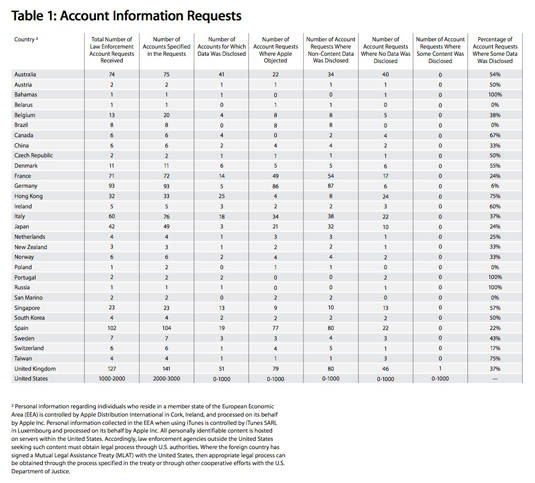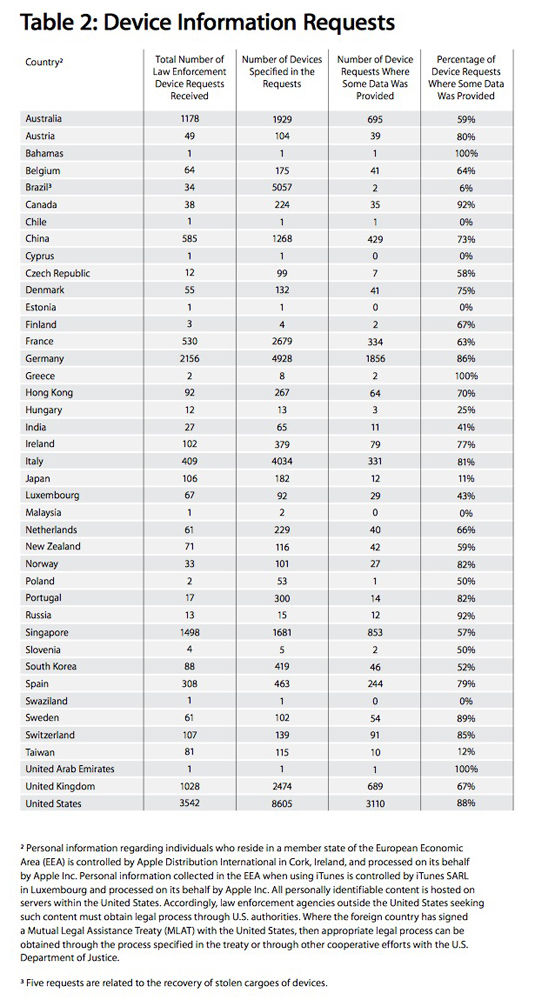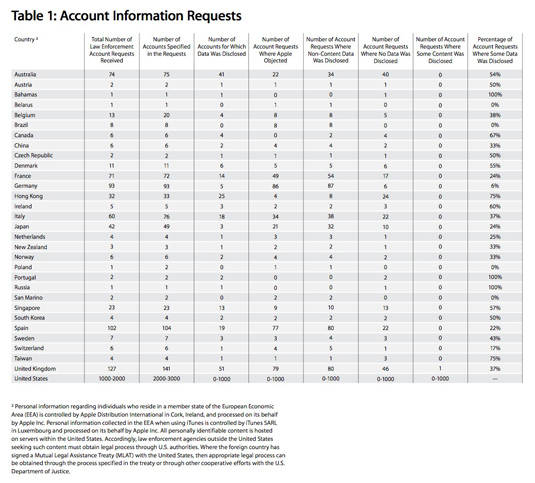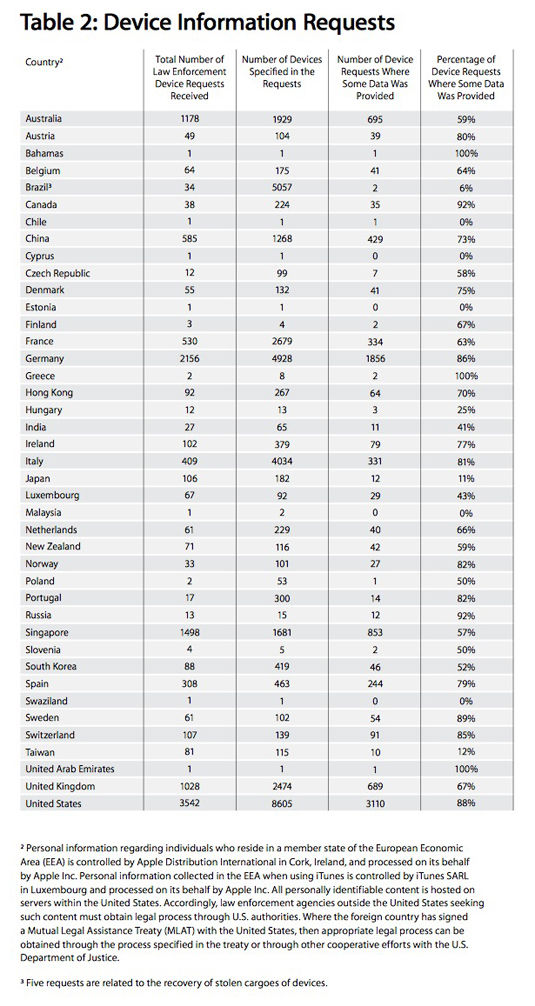Commtouch Q3 Internet Threats Trend Report Highlights Real-Time Malware Campaigns And Increase In Phishing
MCLEAN, Va., Nov. 6, 2013 /PRNewswire/ — The third quarter of 2013 saw further use of real-time malware campaigns and a dramatic increase in phishing sites, according to the Q3 Internet Threats Trend Report issued by Commtouch (NASDAQ:
CTCH), a leading provider of Internet security technology and cloud-based services.
(Logo: http://photos.prnewswire.com/prnh/20130731/MM56946LOGO)
The ever-growing exploitation of current news events continued in Q3. The time between the news event and the related malware attack has steadily decreased throughout the year and now averages only 22 hours. Real-time malware campaigns in Q3 used news of royal baby Prince George, NSA whistleblower Edward Snowden, and the Syria crisis.
The number of phishing sites increased dramatically during Q3 by almost 35%.
PayPal phishing sites alone accounted for approximately 750 new phishing sites each day.
A small decrease of 5% could be seen in the number of malicious websites listed in Commtouch’s GlobalView URL database. Travel websites were the most popular website category for malware distributors, followed by transportation and business websites. Education, which was number one in Q2, fell to number six.
“The Q3 Trend Report highlights that the complexity of cybercriminal attacks is increasing,” said Lior Kohavi, Chief Technical Officer at Commtouch. “Their campaigns are usually targeting end users – to protect the users, Internet service providers, email hosters, and content providers must be aware of these trends and continually improve their tools to fight these cybercriminals.”
Other report highlights:
— In the third quarter of 2013, spam levels continued to drop. The average
daily amount of spam for the quarter was 69 billion messages compared to
the second quarter’s 83 billion – a drop of approximately 17%. Although
the quarterly level is the lowest in more than four years, the average
per month had been increasing since June’s historic low of 63 billion
messages per day until the drop in September. During Q3, spam
represented 70% of all emails sent globally, dropping as low as 62% at
the start of August.
— The most popular spam topic was dieting with a share of 40.2% (in Q2 it
took position three, with 10.8%). Stock spam moved from 7th position
(4.7%) in Q2 to 2nd position (20%) – so called penny stock spam could be
seen on a regular basis in the last quarter.
— The average daily amount of malware found in emails remained almost
unchanged compared to last quarter at nearly 2 billion emails per day.
This average hides the steady increase from July to September which
included outbreaks of double the daily average.
— India remains the world’s top zombie hoster: During the third quarter of
2013, India stayed in first place with the most spam-sending bots –
although their share dropped by 6% to 13.2%. Russia appeared to absorb
most of this percentage and moved from 8th place into 2nd. New entries
include Ukraine, Saudi Arabia, and Spain, while the United States,
Serbia, and Mexico dropped out of the top 15.
The Commtouch Security Lab’s quarterly report is compiled based on a comprehensive analysis of billions of daily transactions handled by Commtouch’s GlobalView Cloud.
To view the entire Commtouch Q3 Internet Threats Trend Report, visit:
www.commtouch.com/threat-report
About Commtouch
Commtouch (NASDAQ: CTCH) is a leading provider of Internet security technology and cloud-based services for vendors and service providers, increasing the value and profitability of our customer’s solutions by protecting billions of Internet transactions on a daily basis. With 12 global data centers and award-winning, patented technology, Commtouch’s email, Web, and antivirus capabilities easily integrate into our customers’ products and solutions, keeping safe more than 550 million end users. To learn more, visit www.commtouch.com.
— Blog: http://blog.commtouch.com/cafe
— Facebook: www.facebook.com/commtouch
— LinkedIn: www.linkedin.com/company/commtouch
— Twitter: @Commtouch
Recurrent Pattern Detection, RPD, Zero-Hour and GlobalView are trademarks, and Commtouch is a registered trademark of Commtouch. U.S. Patent No. 6,330,590 is owned by Commtouch. All other trademarks are the property of their respective owners.
Article source: http://www.darkreading.com/attacks-breaches/commtouch-q3-internet-threats-trend-repo/240163634





